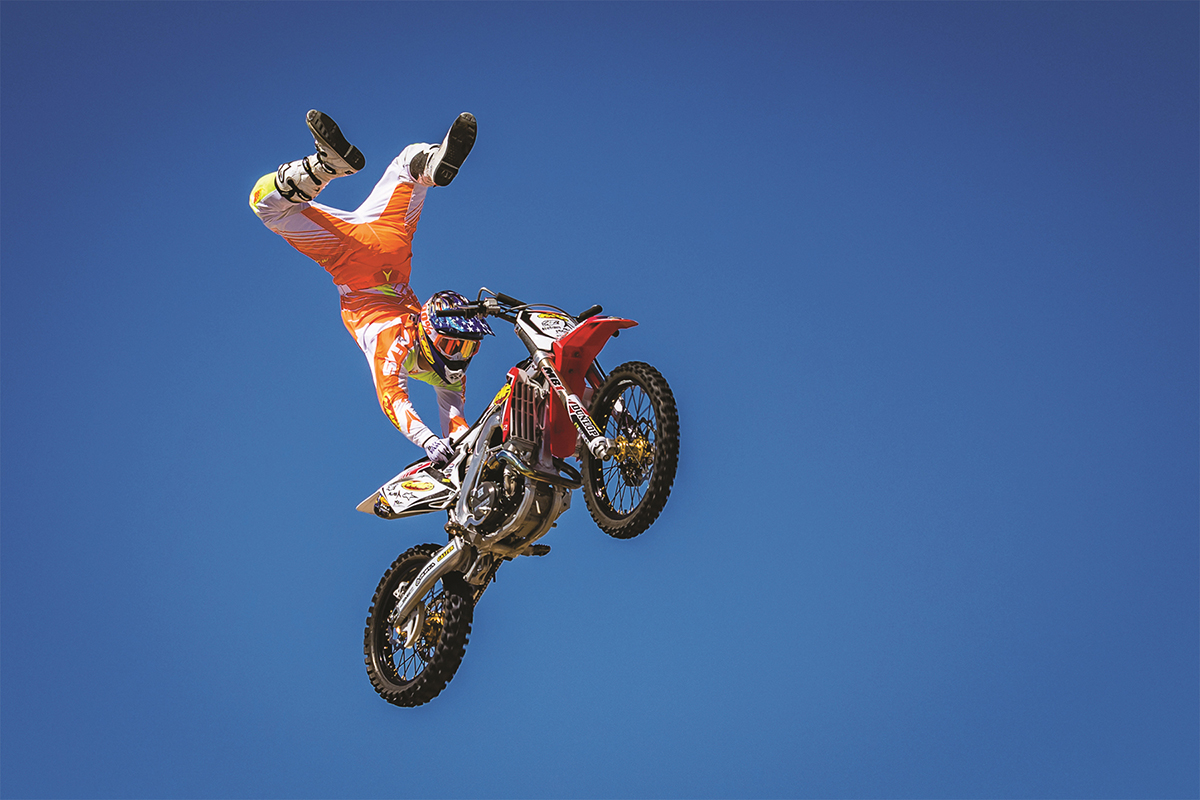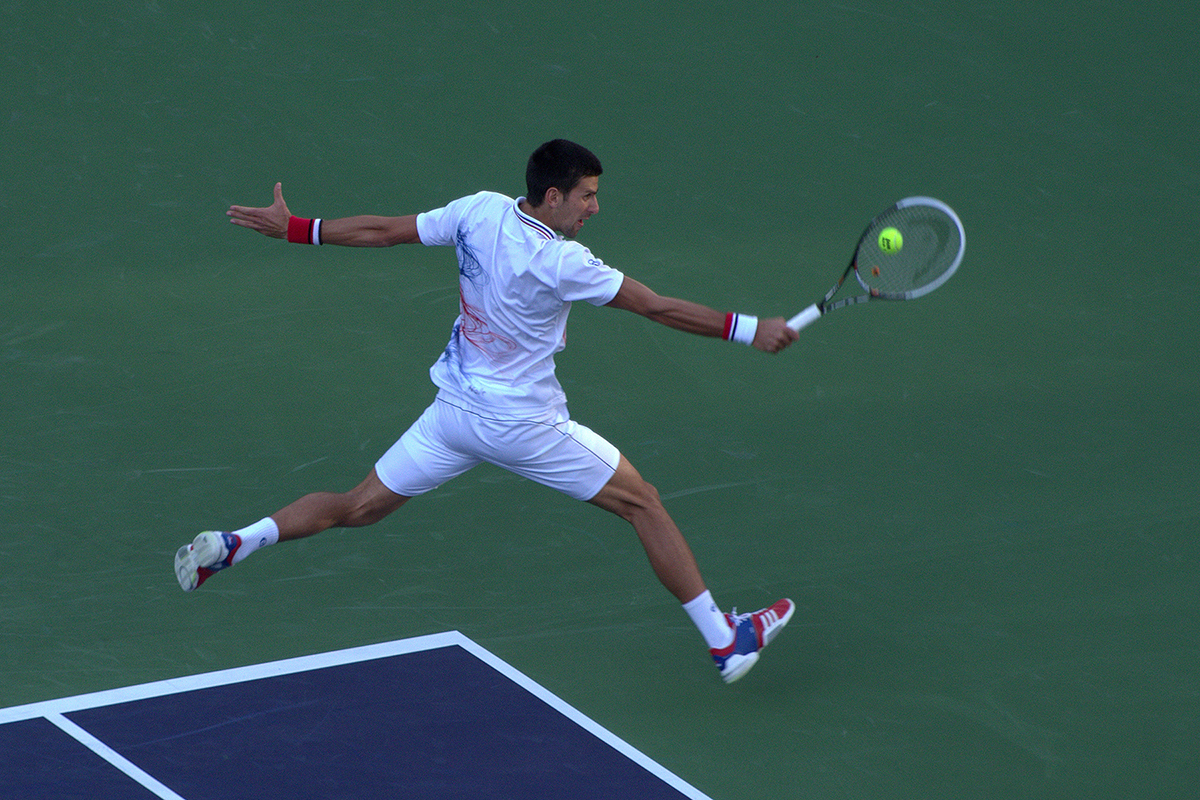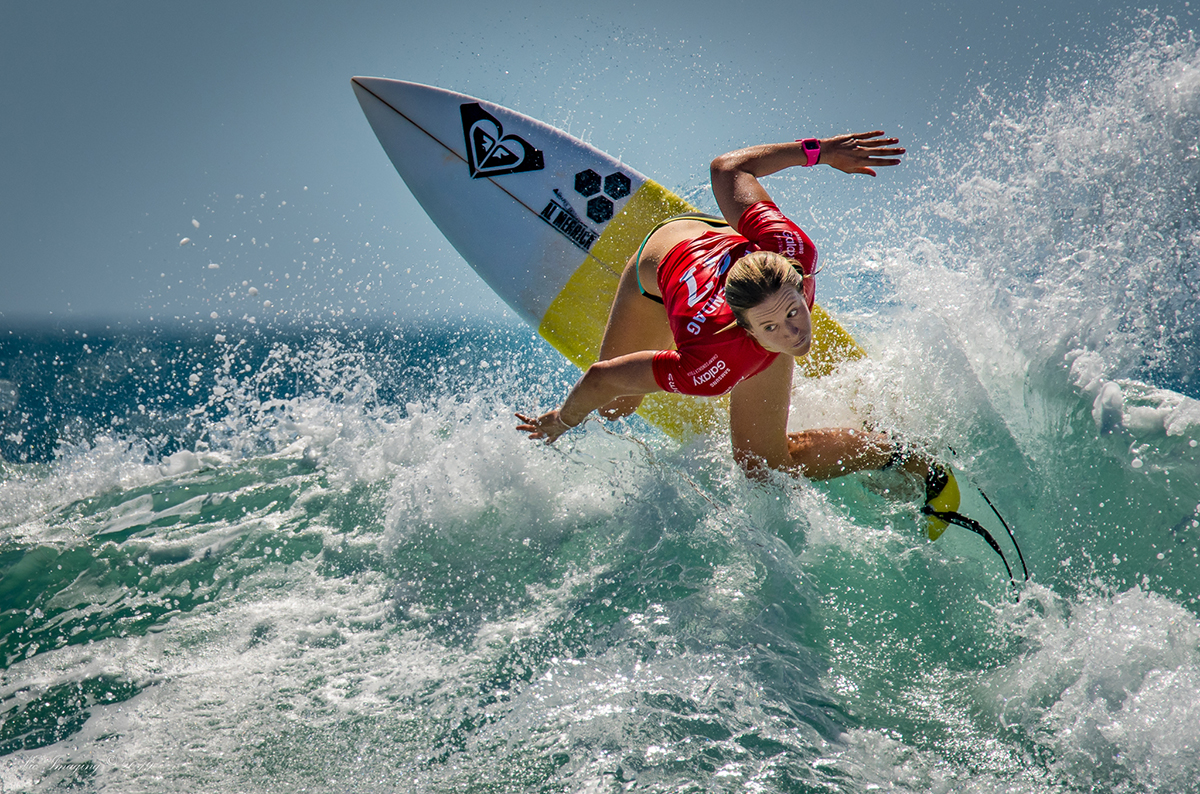Sports photography is certainly one of the more exciting types of photography, and the opportunity to capture a thrilling win or devastating defeat is what draws so many photographers to sporting events. But it can often be very difficult to get clear and crisp photos of the action because subjects are almost always moving, and it’s often difficult to predict what’ll happen next and where that great shot might be. If you’re looking to take better photos on the field, court, pitch, or stadium, check out these tips for sports photography below!
Images and Tips by Vic Buhay
What You’ll Learn in This Article:
- How to choose the right shutter speed to freeze fast-moving action.
- Why autofocus settings matter—and how to adjust them for different sports.
- Techniques to isolate athletes and capture emotion using framing and depth.
- The role of exposure compensation in challenging lighting conditions.
- Practical ways to get sharper, more compelling shots at any sporting event.
TIP 1: Use a Fast Shutter Speed

To capture clear and crisp images of the action taking place, you’ll need to use a fast shutter speed to avoid blur. We recommend playing with these settings early on and getting them in sync with the athlete’s movements before play starts.
TIP 2: Focus on the Athletes

Everyone at a sporting event is there to watch the athletes perform and cheer them on, so the athletes should be the main focus of all your shots. Try and highlight the intensity and emotion of the moments by isolating your subjects from fans, lights, and parts of the stadium that may be in view with a telephoto lens setting.
TIP 3: Adjust Your AF Approach as Necessary
Especially when shooting new sporting events that you’ve never attended before, you may need to adjust your autofocus to get sharper images. This is true even if you primarily shoot with single-focal-point autofocus.
TIP 4: Tap Into Exposure Compensation

Exposure compensation often gets neglected in not just sports photography but many other forms of photography as well. If you haven’t heard of this feature before or don’t know what it does, it can add or subtract up to three stops of light. This makes it very valuable when shooting an outdoor sporting event and in other situations where you want to compensate for certain lighting conditions. Dial the exposure wheel towards (+) to make the image brighter and (-) to make the image darker.
TIP 5: Choose the Right Lens for the Sport and Setting
When it comes to sports photography, using a lens with fast autofocus, powerful zoom reach, and excellent image stabilization is crucial—especially when you’re tracking unpredictable motion or shooting handheld. Fortunately, Tamron offers several exceptional options for both indoor and outdoor sports that deliver outstanding results.
Here are four of the best Tamron lenses for sports photography and why they stand out:
- Tamron 50-400mm F/4.5-6.3 Di III VC VXD
This ultra-versatile zoom lens is ideal for covering a wide range of action—from mid-field plays to distant shots across a stadium. Its compact form factor makes it great for mobility, while the VXD linear motor ensures fast, precise autofocus and VC (Vibration Compensation) delivers sharp handheld results even at longer focal lengths. - Tamron 150-500mm F/5-6.7 Di III VC VXD
Perfect for outdoor sports like soccer, football, baseball, or motorsports, this super-telephoto lens provides extended reach to capture close-ups from across the field. Despite its reach, it’s surprisingly easy to handhold thanks to VC and its quick, accurate AF performance. - Tamron 70-180mm F/2.8 Di III VC VXD G2
A stellar choice for indoor sports like basketball, volleyball, or gymnastics. Its bright f/2.8 aperture allows for faster shutter speeds in low-light conditions, and the compact design makes it agile to maneuver. VC and VXD tech ensure it’s ready to freeze the action with clarity. - Tamron 50-300mm F/4.5-6.3 Di III VC VXD
Balancing range and portability, this lens is great for both indoor and outdoor sports. It gives you extra telephoto reach with a compact size that makes it versatile for event coverage. VC keeps handheld shots stable, and VXD AF tracks subjects effortlessly in motion.
No matter which Tamron lens you choose, you’ll benefit from fast and responsive autofocus, powerful image stabilization, and flexible zoom ranges tailored for action-packed moments. These lenses are built to help you capture the intensity of sports—without missing a beat.
Final Thoughts on Tips for Sports Photography
By applying these pro tips for sports photography, you’ll be better prepared to capture dynamic action, raw emotion, and unforgettable moments on the field, court, or track. Whether you’re adjusting shutter speed, fine-tuning autofocus, or experimenting with exposure compensation, each setting plays a crucial role in elevating your shots. Moreover, focusing on the athletes and anticipating the action can transform ordinary photos into powerful storytelling images. Ultimately, with practice and the right techniques, your sports photography will become sharper, more intentional, and far more impactful.
